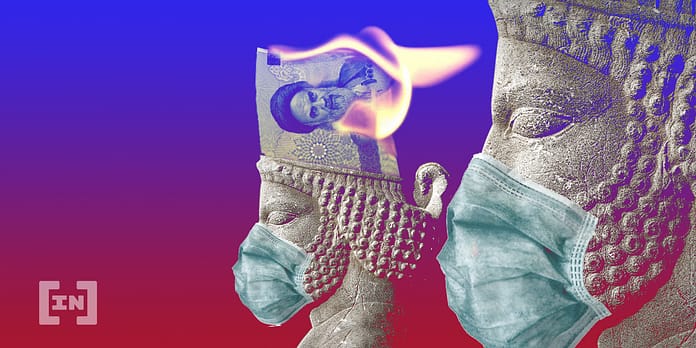The International Monetary Fund (IMF) has published a number of new guidelines for emerging and developing countries. These guidelines are intended to enable financial stability with regard to the increased integration of cryptocurrencies.
by doing Current International Monetary Fund Report Let’s read:
“In emerging markets, the emergence of crypto assets has advantages, but it can speed up the crypto process and bypass currency and capital controls. Increased trading in crypto assets in these economies can lead to destabilizing capital flows.”
But what is actually the IMF? The International Monetary Fund (IMF) has been established since its founding in 1944 at the United Nations Conference of Monetary and Finance Ministers in Bretton Woods. Germany is a member of the International Monetary Fund since August 1952:
The German representative on the Board of Governors, the highest governing body of the International Monetary Fund, is Dr. Jens Weidmann, President Deutsche Bundesbank. The German Deputy Governor is Olaf Schulz, Federal Minister of Finance. The Federal Minister of Finance is also the German representative to the International Monetary and Financial Committee (IMFC), a committee of the International Monetary Fund’s Board of Governors that monitors the performance and development of the monetary system.”
What does the IMF do?
The IMF aims to ensure the stability of the international monetary system. Citizens and states must have a secure basis for the exchange of goods and services on the basis of an orderly financial system.
“This is critical to ensuring sustainable economic growth and raising the general standard of living.”
You can read here how the IMF is implementing these goals.
The International Monetary Fund is now encouraging policy makers to implement global standards for crypto assets. Furthermore, the crypto ecosystem must be monitored by eliminating data gaps. The focus is also on stablecoins, which, according to the International Monetary Fund, pose risks to economic stability. One solution to the problems identified by the IMF is the Central Bank Digital Currency (CBDC):
“Emerging markets facing cryptocurrency risks should strengthen macroeconomic policies and consider the benefits of issuing central bank digital currencies.”
Start monitoring cryptocurrency
While the IMF is now increasing resources to oversee “this far-reaching and complex transition” to digital money, it will introduce “appropriate regulation with respect to risks and in line with that of global stablecoins.” But not only central bank digital currencies are part of the stabilization plan, but also the policy of de-dollarization that governments are pursuing to overcome macro-financial risks.
The de-dollarization of the IMF also includes legal and regulatory measures, which should then provide the basis for the introduction of digital central bank currencies. But all along with increased surveillance of cryptocurrencies.
“Regulators need to control crypto-asset risk, especially in areas of systemic importance.”
Disclaimer
All information on our website has been researched to the best of our knowledge and belief. Press contributions are for general informational purposes only. Any action taken by the reader based on the information on our site is entirely at your own risk.







